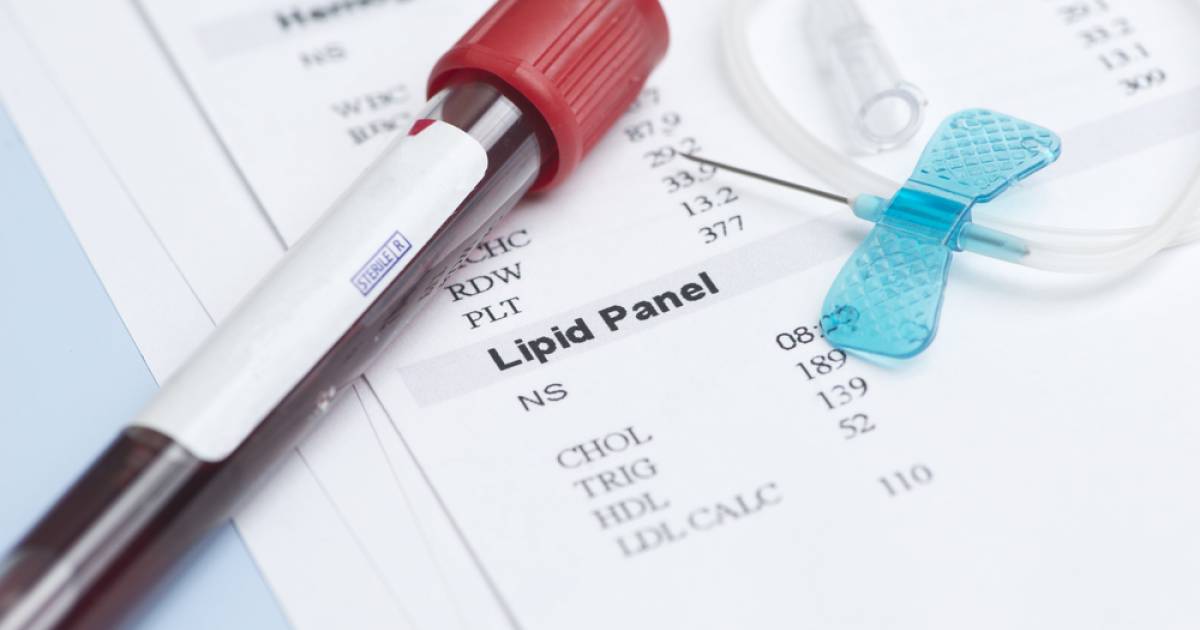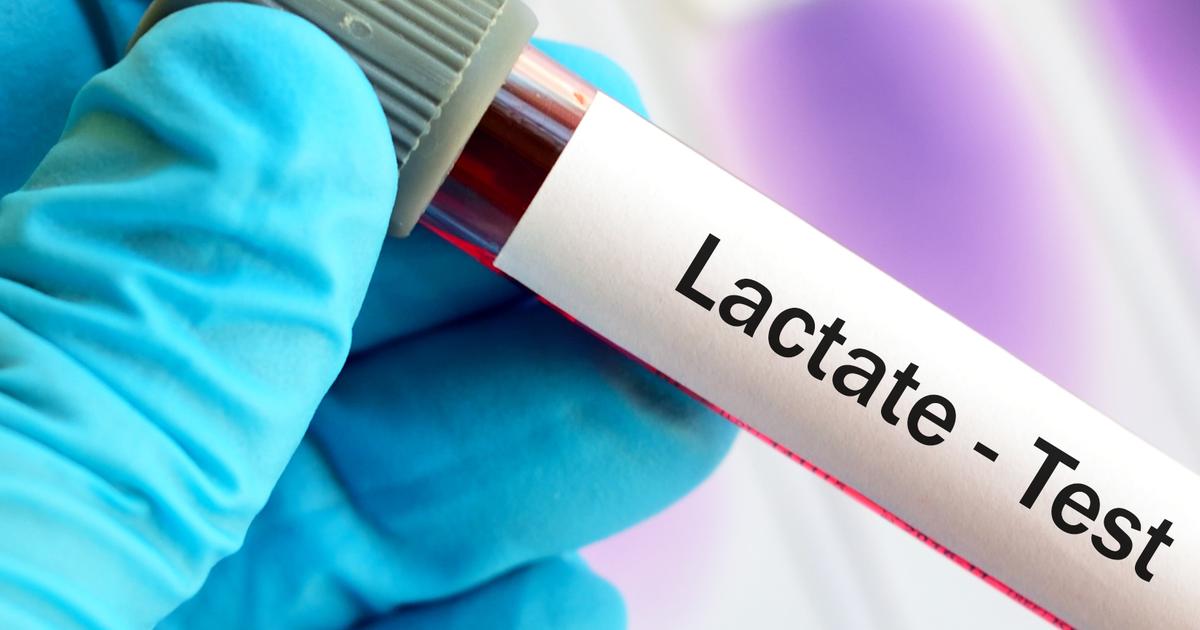Clinical Presentation Of Type 1 Glycogen Storage Disease
Hyperlipidemia

Hyperlipidemia is a major symptom of type 1 glycogen storage disease, and it typically begins in infancy. Affected patients often display both elevated total cholesterol and elevated triglycerides. Simple blood tests are needed to evaluate cholesterol levels, and these can be performed at the doctor's office. Generally, patients will have to be placed on medication to lower cholesterol levels, and frequent blood tests might be necessary to plan the most effective cholesterol-lowering treatment. For children, a normal total cholesterol reading is 170mg/dL or below; readings of between 170mg/dL and 199mg/dL are considered borderline, and anything above is classified as elevated. In adults, total cholesterol readings of less than 200mg/dL are categorized as optimal, and readings between 200mg/dL and 239mg/dL are borderline. Anything at or above 240mg/dL is categorized as high.
To reduce cholesterol levels, most patients with type 1 glycogen storage disease are started on prescription medications known as statins. These drugs work by suppressing the function of a liver enzyme that produces cholesterol. While taking statins and other cholesterol-lowering medications, patients should be aware of the potential side effects. In particular, statins may cause headaches, sleeping problems, abdominal pain, diarrhea, and muscle pain or weakness. Patients who experience any muscle pain should inform their physician immediately as this could sometimes be a sign of serious complications.
Lactic Acidosis

Lactic acidosis is an accumulation of lactic acid in the body, and this symptom generally appears during infancy for individuals with type 1 glycogen storage disease. Patients experiencing lactic acidosis may have a decreased appetite, and they might develop muscle pain or cramps as well. Abdominal pain, fatigue, drowsiness, and weakness are frequently observed.
In many cases, an accumulation of lactic acid is considered a medical emergency, and the patient should go to an emergency room for proper treatment. The standard course of treatment for excess lactic acid is to administer an intravenous infusion of sodium bicarbonate. Peritoneal dialysis with bicarbonate-based dialysate might be recommended as well.
